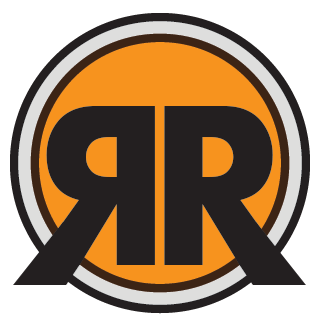Bruce Arnold
Well-Known Member
Detailed discussion on tire pressure. I'm no expert. This guy sounds like he has both knowledge and experience.
A synopsis? It's too long!Detailed discussion on tire pressure. I'm no expert. This guy sounds like he has both knowledge and experience.
A lot of it was about racing, which doesn't apply to me, but it gave the background to understand why he has come to the conclusions that he has. A couple of items that do apply to the recreational/commuter cyclist like me: The psi number on the tire is not the recommended pressure. It is one-half of the pressure that will blow the tire off the rims they use in testing labs. The assumption being that if you stick with that, you'll never get close to blowing your tires off your rims. Good to know. Second, he said that a lot of people mistake the high-frequency vibrations of a tire that is pumped up pretty high with being speedy. The vibrations are fast, but the tire probably isn't attaining optimum speed. He said pump it up, and then bring it down one or two psi at a time until it feels smooth. That's the sweet spot. This is because of how tires flex when going over all the little bumps and holes in pavement. When it feels smooth, the tire is flexing well without losing energy unnecessarily. When you get those high-frequency vibrations, that's wasted energy that you feel.A synopsis? It's too long!
... and what would be the pressure that will blow the tire off the rim in testing labs? It is not usually written on the tire.items that do apply to the recreational/commuter cyclist like me: The psi number on the tire is not the recommended pressure. It is one-half of the pressure that will blow the tire off the rims they use in testing labs.
Twice the pressure marked on the sidewall.... and what would be the pressure that will blow the tire off the rim in testing labs? It is not usually written on the tire.
